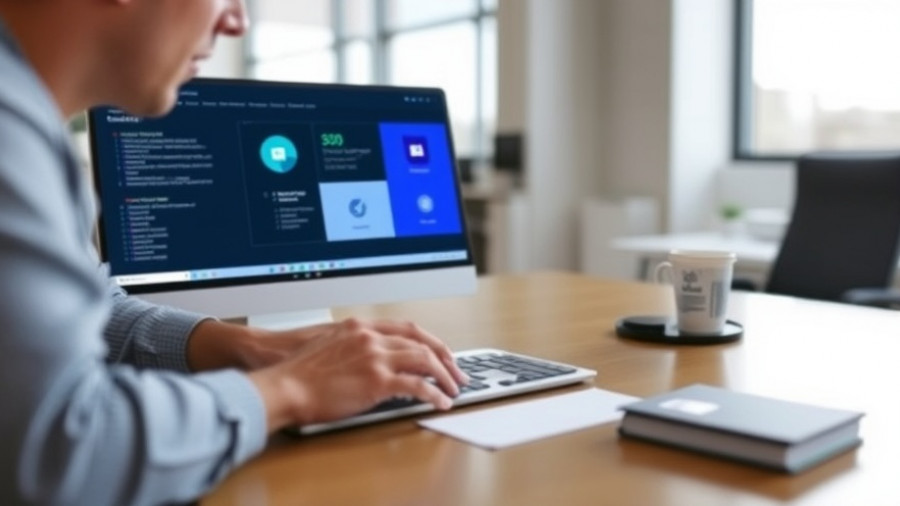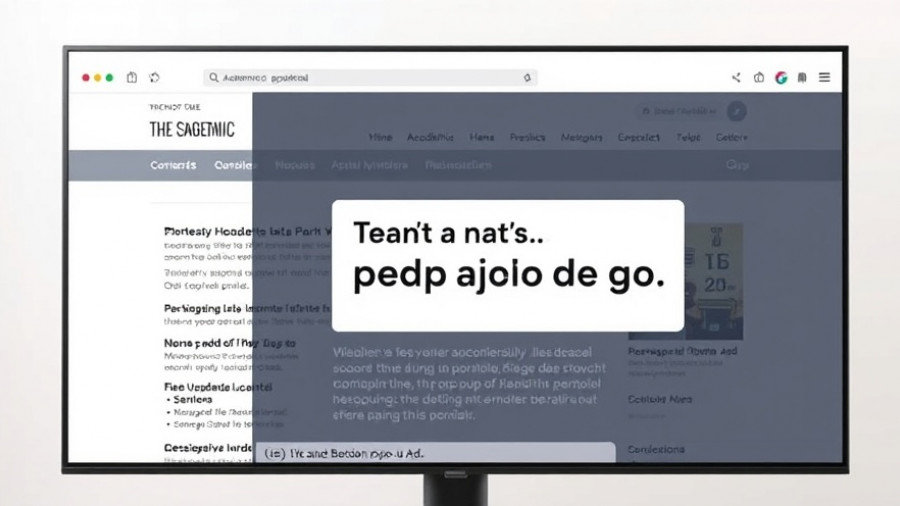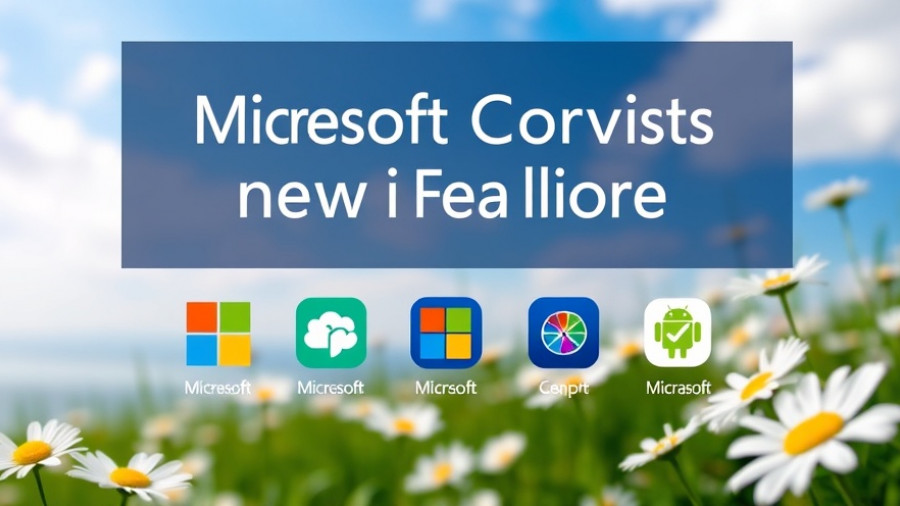
The Future of Interaction: A Leap Towards AI and Voice Control
With the rapid advancements in technology, Microsoft is reimagining the very essence of how we interact with our devices. As expressed by corporate vice president Pavan Davuluri, the next generation of Windows will heavily rely on AI, voice, and vision, indicating a potential farewell to traditional peripherals like keyboards and mice. Instead, users might engage with their computers in a more intuitive manner, effectively transforming user experience through voice commands and contextual understanding.
Rethinking User Interfaces for a New Era
According to Davuluri, the evolution of Windows doesn't stop at incorporating various device types, but extends to enhancing ‘experience diversity.’ This suggests a future where voice interaction may be utilized in tandem with existing methods of input. Imagine composing an email while simultaneously discussing ideas aloud with a colleague; computers may one day be able to distinguish between these interactions, facilitating a more dynamic and collaborative work environment.
Embracing Multimodal Interactions
Davuluri’s vision further extends to artificial intelligence's ability to visually comprehend desktop content. He prophesizes an interface that integrates multiple modes of communication, operating seamlessly between voice, pen, touch, and possibly gestures. Picture a scenario where your computer can not only follow verbal instructions but also recognize the content displayed on your screen, allowing for commands that reflect a deeper understanding of your needs—akin to the AI featured in popular media.
The Privacy Puzzle: Navigating Data Collection Concerns
While the prospects seem exciting, they inevitably raise questions surrounding privacy and data management. Users may feel uncomfortable with the idea of an AI that not only listens but observes their interactions. However, Davuluri reassures that Microsoft aims to implement AI models facilitating operations directly on devices, potentially reducing reliance on cloud computing and enhancing user privacy. This balance between functionality and security will be critical as technology advances.
Comparative Insights: Microsoft vs. Industry Trends
Microsoft's evolution towards AI and voice technologies echoes broader trends across the tech industry, with competitors also leaning towards hands-free technology. For example, Apple’s Siri and Google Assistant have long provided voice-interactive experiences, but Microsoft aims to take it a step further by integrating generative AI into the Windows operating system. This shows a clear understanding of user demands for more natural and efficient computing experiences, paralleling their shift towards a software ecosystem that responds to user behavior proactively.
Future Predictions: The Integration of AI in Daily Tasks
As we move forward, the integration of AI within everyday tasks seems inevitable. Businesses could benefit immensely from systems that intuitively understand context, and academics could experience enriched learning environments where engagement is deeper. Envision classrooms where students can call on AI to assist with queries or labs that adapt to real-time interactions, bolstering educational outcomes. Such advancements could redefine teaching paradigms and productivity benchmarks.
Conclusion: Why Should You Care?
As AI technologies develop, understanding their implications can empower individuals and organizations alike. Embracing a future of multimodal interactions could enhance efficiency in communication and creativity while addressing longstanding concerns about privacy and data security. With companies like Microsoft leading the charge towards innovative digital interactions, staying informed on these trends will be crucial for navigating an increasingly automated world.
 Add Row
Add Row  Add
Add 




Write A Comment